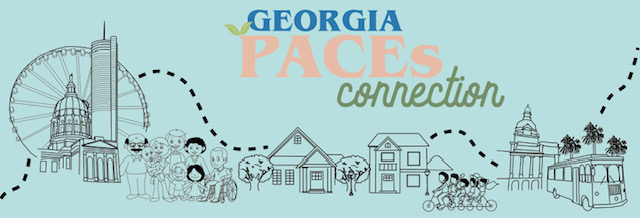The latest edition of Pediatrics includes an article entitled, Adverse Childhood Experiences and Protective Factors With School Engagement.
The abstract for the article is included below and I have uploaded the PDF to our video/downloads section under files.
ABSTRACT:
OBJECTIVES: To determine the associations of adverse childhood experiences (ACEs) and protective familial and community factors with school performance and attitudes in children ages 6 to 17.
METHODS: A cross-sectional analysis of the 2011–2012 National Survey of Children’s Health was performed. All data were demographically weighted and included 65 680 children ages 6 to 17. The survey identified up to 9 ACEs in each child. ACE scores were categorized as 0, 1, 2, 3, and ≥4 ACEs. Children’s protective factors (PFs) included the following: safe neighborhood, supportive neighbors, 4 neighborhood amenities, well-kept neighborhood, no household smoking, ≥5 family meals per week, and a parent who can talk to the child. PFs were categorized into ≤3, 4, 5, 6, and 7 PFs. School outcomes included the following: child repeated ≥1 grade; never, rarely, or sometimes completes homework; and never, rarely, or sometimes cares about school. χ2 tests and logistic regressions assessed the relationships between ACEs and school outcomes, PFs and school outcomes, and both ACEs and PFs and school outcomes, adjusting for sex, age, race, ethnicity, and maternal education.
RESULTS: Each negative school outcome is associated with higher ACE scores and lower PF scores. After adding PFs into the same model as ACEs, the negative outcomes are reduced. The strongest PF is a parent who can talk to the child about things that matter and share ideas.
CONCLUSIONS: As children’s ACE scores increase, their school performance and attitudes decline. Conversely, as children’s PF scores increase, school outcomes improve. Pediatric providers should consider screening for both ACEs and PFs to identify risks and strengths to guide treatment, referral, and advocacy.

Comments (0)